Introduction
Pickling cucumbers is a culinary tradition spanning centuries, beloved for its ability to transform fresh produce into tangy, crunchy delights. Among the various pickling methods, achieving that coveted “crisp” texture is both a science and an art. This guide delves into the intricacies of pickling cucumbers to perfection, ensuring every bite delivers a satisfying crunch. From selecting the right cucumbers to mastering brine ratios and storage techniques, we’ll explore every step to help you create homemade pickles that rival store-bought varieties. Whether you’re a seasoned home cook or a curious novice, this article equips you with the knowledge to elevate your pickling game.
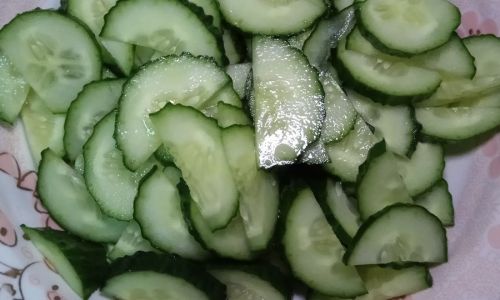
Choosing the Perfect Cucumber
The foundation of exceptional pickled cucumbers lies in selecting the right variety. Not all cucumbers are created equal—some are bred for slicing, others for pickling.
1 Varieties Matter
Opt for Kirby cucumbers, Persian cucumbers, or Boston pickling cucumbers. These varieties boast thinner skins, smaller seeds, and a firm flesh that resists softening during pickling. Avoid waxed cucumbers (common in grocery stores), as their coating impedes brine absorption.
2 Freshness is Key
Select cucumbers that are firm, unblemished, and vibrant green. Soft spots or yellowing indicate overripeness, which leads to mushy pickles. For peak crispness, pick cucumbers within 24–48 hours of harvest if possible.
3 Size Considerations
Smaller cucumbers (4–6 inches) are ideal for whole pickling, as they retain their shape better. Larger cucumbers can be sliced into spears or coins, but ensure uniformity for even brining.
Preparing Cucumbers for Pickling
Proper preparation ensures brine penetration and textural integrity.
1 Washing and Trimming
Rinse cucumbers under cold water to remove dirt. Trim 1/16 inch from the blossom end (not the stem end) to prevent enzyme-driven softening. The blossom end contains enzymes that break down pectin, a compound crucial for crispness.
2 Slicing Techniques
- Whole Pickles: Leave small cucumbers intact for a classic appearance.
- Spears: Quarter cucumbers lengthwise.
- Coins: Slice into 1/4-inch rounds for quick pickles.
- Sandwich Slices: Cut into thin, even disks.
3 The Ice Bath Secret
Soak trimmed cucumbers in ice water for 1–2 hours. This hydrates the cells, plumping them for optimal crunch. Add a tablespoon of salt to the ice bath to draw out excess moisture.
Crafting the Brine: Balancing Flavor and Preservation
The brine is the soul of pickles, offering a blend of acidity, saltiness, and sweetness.
1 Basic Brine Ratio
A standard quick-pickling brine uses:
- 1 cup vinegar (white, apple cider, or rice vinegar)
- 1 cup water
- 1–2 tbsp salt (kosher or pickling salt)
- 1–2 tbsp sugar (optional)
Adjust ratios based on taste preferences. For fermented pickles, use a 3.5–4% salt solution (by weight) to inhibit harmful bacteria.
2 Vinegar Selection
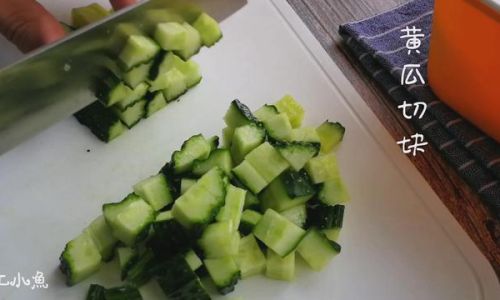
- White Vinegar: Sharp, neutral flavor.
- Apple Cider Vinegar: Fruity, mellow acidity.
- Rice Vinegar: Delicate, slightly sweet.
Avoid distilled white vinegar for fermentation, as its high acidity may stall fermentation.
3 Spices and Aromatics
Elevate flavor with:
- Fresh Dill: Classic for dill pickles.
- Garlic Cloves: Roasted or raw for depth.
- Mustard Seeds: Whole or ground.
- Peppercorns: Black, pink, or Szechuan.
- Bay Leaves: Herbal undertones.
- Chili Flakes: For heat.
The Pickling Process: Two Methods
1 Quick Pickling (Refrigerator Pickles)
Ideal for immediate enjoyment, this method skips fermentation.
Steps:
- Pack cucumbers into sterilized jars, adding spices.
- Boil brine until salt/sugar dissolve.
- Pour hot brine over cucumbers, leaving 1/2-inch headspace.
- Seal jars and cool. Refrigerate for 24–48 hours before eating.
Shelf Life: 2–3 months refrigerated.
2 Fermented Pickling (Lacto-Fermentation)
A traditional method relying on natural bacteria for preservation.
Steps:
- Dissolve salt in water (3.5–4% solution).
- Submerge cucumbers in brine, weighing them down to prevent floating.
- Cover jars with airlocks or cheesecloth.
- Ferment at 60–70°F (15–21°C) for 3–7 days.
- Taste daily; transfer to the fridge once desired sourness is achieved.
Shelf Life: 6–12 months refrigerated.
Achieving Maximum Crispness
Crispness hinges on pectin preservation and minimizing enzyme activity.
1 Tannins for Texture
Add tannin-rich ingredients like grape leaves, oak leaves, or black tea bags. Tannins firm the cucumbers by cross-linking pectin molecules.
2 Alum: Friend or Foe?
Alum (potassium aluminum sulfate) was traditionally used for crispness. While effective, modern recipes often omit it due to health concerns. Opt for natural tannins instead.
3 Avoiding Softening Agents
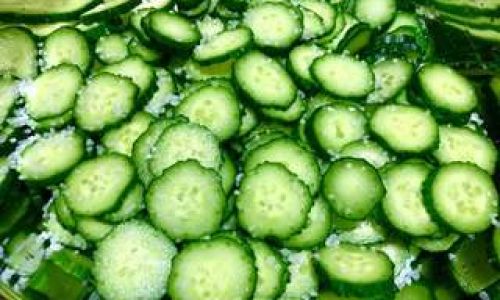
- Iron Utensils: Use stainless steel or glass to prevent metallic reactions.
- Old Spices: Fresh spices yield better flavor and texture.
- Overcooking Brine: Boil brine only until salt/sugar dissolve to avoid weakening acidity.
Storage and Safety
Proper storage ensures longevity and safety.
1 Refrigerator Pickles
Store in airtight jars. Consume within 3 months for peak quality.
2 Canning for Shelf Stability
For room-temperature storage:
- Use a boiling-water canner.
- Process jars for 10–15 minutes (adjust for altitude).
- Test seals; store in a cool, dark place.
Safety Note: Fermented pickles with pH below 4.6 are safe for shelf storage. Use pH strips to verify acidity.
Troubleshooting Common Issues
1 Mushy Pickles
- Cause: Overripe cucumbers, insufficient salt, or enzyme activity.
- Fix: Use fresh cucumbers, trim blossom ends, and add tannins.
2 Cloudy Brine
- Cause: Harmless yeast or lactobacillus activity.
- Fix: Skim foam during fermentation; cloudiness is normal in fermented pickles.
3 Mold Growth
- Cause: Exposed surface area or contaminated brine.
- Fix: Use airlocks, weigh down cucumbers, and discard moldy batches.
Creative Flavor Variations
Experiment beyond traditional dill pickles:
1 Spicy Garlic Dills
Add 4–6 garlic cloves and 1 tbsp red pepper flakes per quart.
2 Bread-and-Butter Pickles
Incorporate turmeric, celery seed, and mustard seed for a sweet-tangy profile.
3 Asian-Inspired Pickles
Use rice vinegar, ginger, and star anise.
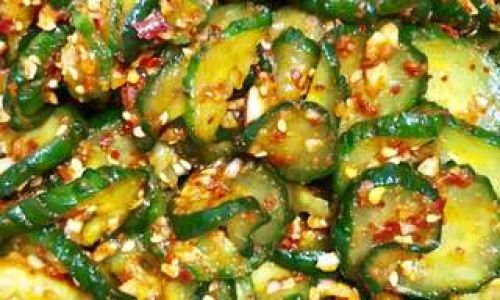
4 Zesty Lime Pickles
Substitute 1/4 cup lime juice for vinegar and add cilantro.
The Science Behind the Crunch
Understanding the chemistry of pickling reveals why certain steps work.
1 Pectin Preservation
Cucumbers contain pectin, a carbohydrate that gels when heated. Acidic brines stabilize pectin, preventing softening.
2 Osmosis in Action
The brine’s salt content draws moisture from cucumbers via osmosis, concentrating flavors and crispness.
3 Lactic Acid Fermentation
During fermentation, lactobacillus bacteria convert sugars into lactic acid, lowering pH and preserving cucumbers.
Conclusion: Elevate Your Pantry
Pickling crispy cucumbers is a rewarding endeavor that bridges culinary tradition and innovation. By mastering cucumber selection, brine crafting, and storage techniques, you’ll create pickles that burst with flavor and texture. Experiment with spices, embrace fermentation, and share your creations with friends and family. Whether nestled in a burger or enjoyed solo, homemade pickles are a testament to the joy of preserving summer’s bounty.
Final Tip: Label jars with dates and ingredients—you’ll forget the details, but your taste buds won’t!
This comprehensive guide ensures your pickled cucumbers achieve that elusive crunch, transforming a simple vegetable into a pantry staple. Happy pickling!
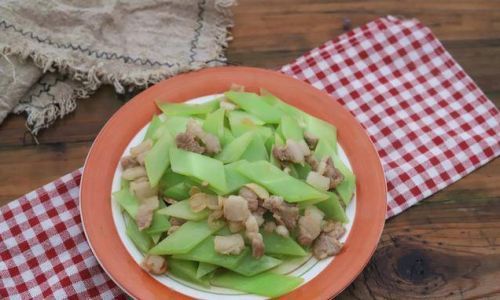


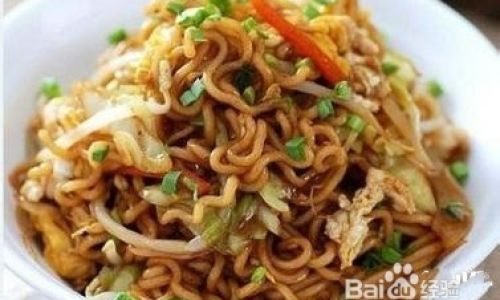
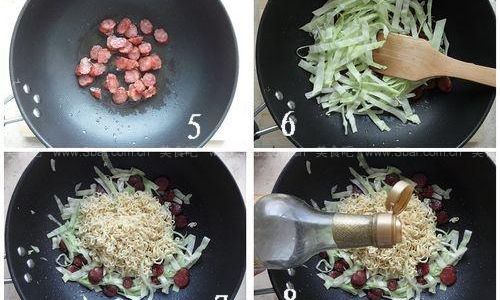
0 comments